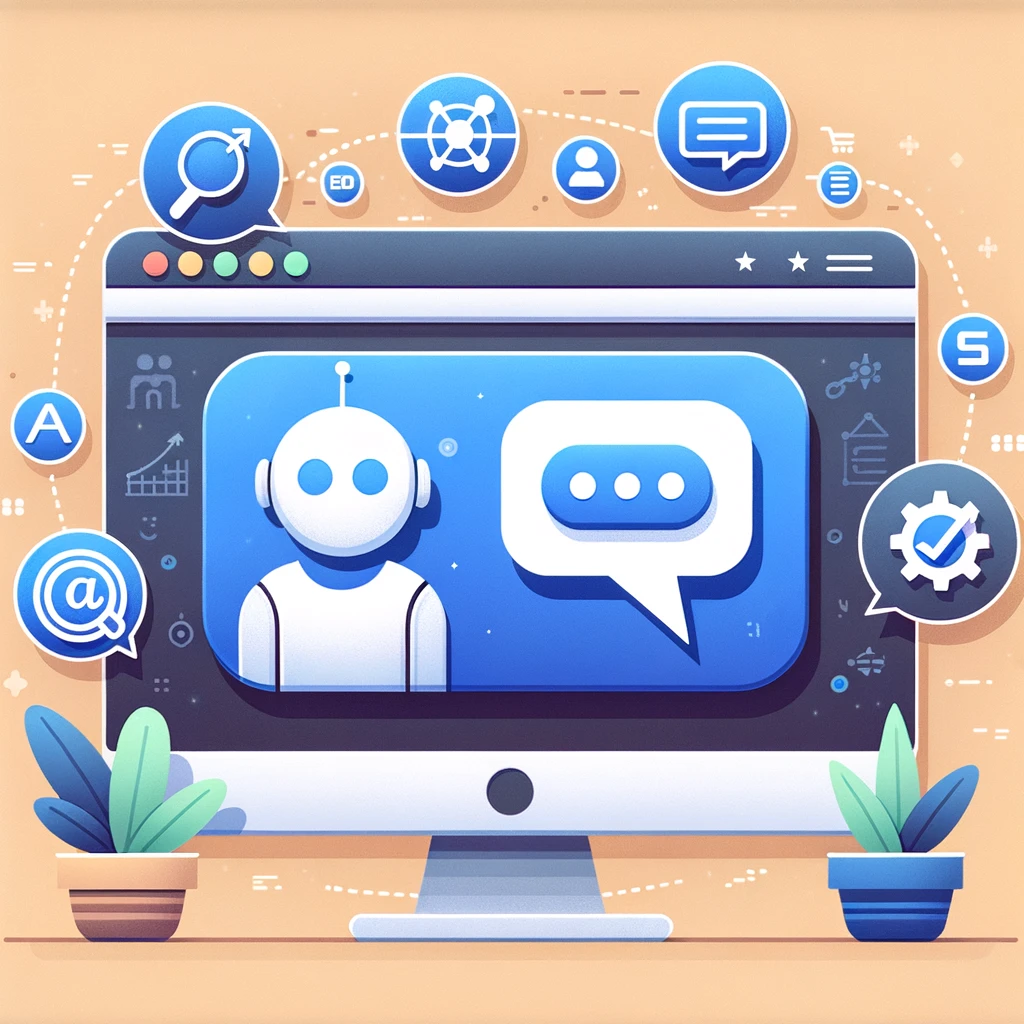Want smarter marketing? Join our FREE community — built for founders, marketers & creators.
Conversational Marketing: Integrating Chatbots and AI on Your Website for SEO Benefits
The digital revolution has reshaped consumer expectations and behavior, pushing brands towards more immediate, personalized, and engaging forms of communication. Enter conversational marketing—a paradigm shift in how businesses interact with their customers online. By integrating tools like chatbots and AI on your website, not only can you elevate the user experience but also garner significant SEO benefits. Here's how.

The digital revolution has reshaped consumer expectations and behavior, pushing brands towards more immediate, personalized, and engaging forms of communication. Enter conversational marketing—a paradigm shift in how businesses interact with their customers online. By integrating tools like chatbots and AI on your website, not only can you elevate the user experience but also garner significant SEO benefits. Here’s how.
What is Conversational Marketing?
Conversational marketing breaks away from traditional marketing methods, focusing on real-time, one-to-one connections between brands and their customers. It’s about facilitating immediate, iterative, and personalized dialogues to solve problems, answer questions, and guide users down the conversion funnel.
How Chatbots and AI Contribute:
- 24/7 Availability: Chatbots ensure constant availability, addressing queries or concerns at any time of the day, essential in a global marketplace.
- Instant Responses: Users no longer have to wait for email responses or deal with hold times on phone lines.
- Tailored Interactions: AI-driven chatbots can analyze user data and past interactions to deliver personalized experiences.
SEO Benefits from Conversational Marketing:
- Improved User Engagement: Prompt responses and tailored interactions reduce bounce rates. The longer users stay on your site, the more search engines perceive your site as valuable, boosting rankings.
- Increased Pageviews: Chatbots can suggest additional content or pages based on user interactions, encouraging further site exploration.
- Feedback Collection: Chatbots can gather feedback on content, products, or user experience, allowing you to refine your site and align better with user intent—a key SEO factor.
- Decreased Load on Customer Support: By handling basic queries, chatbots reduce the volume of customer support tickets, allowing those teams to focus on more complex issues and improve overall site quality.
- Voice Search Optimization: As voice search grows in popularity, having AI-driven conversational tools can help optimize your site for voice queries.
Best Practices for Integrating Chatbots for SEO:
- User Intent Analysis: Program your chatbot to understand and address common user questions or concerns related to your content or offerings.
- Maintain Natural Language Flow: Ensure your chatbot is designed for natural language processing, making interactions more human-like and relatable.
- Regular Updates: Train your chatbot continually with new data, ensuring it remains relevant and up-to-date with industry or content changes.
- Clear Escalation Paths: If a chatbot can’t solve a user’s issue, ensure there’s a clear and easy path to human support.
- Optimize Chatbot Loading Speed: Ensure your chatbot loads quickly, as site speed remains a crucial SEO factor.
In Conclusion:
Conversational marketing, bolstered by AI-driven chatbots, presents a golden opportunity to enhance user experience and foster deeper brand-customer relationships. When executed thoughtfully, it not only satisfies users’ immediate needs but also brings substantial SEO advantages, driving organic visibility and positioning your brand as an industry front-runner in the digital realm.



